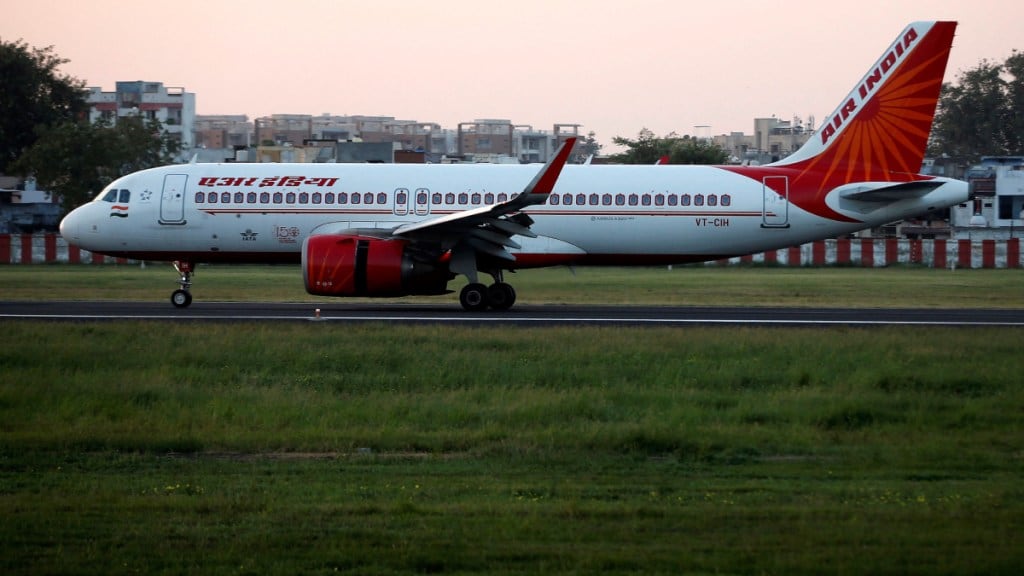Marking the conclusion of the first year of Air India’s transformation plan called Vihaan.AI, chief executive Campbell Wilson outlined a few immediate future plans for the former flag carrier alongside measures to combat the growing issue of pilot fatigue.
In an email to employees, Wilson said, “September 15, marks Vihaan.AI’s first anniversary. While the hard work of writing this historic airline’s next chapter began well before that, it was the launch of Air India’s ambitious transformation plan that really accelerated our progress.”
Under Vihaan.AI, the airline will focus on expanding its network and fleet, revamp customer proposition, improve reliability and on-time performance and become a leader in technology and innovation, the company said.
Air India’s day operations team has introduced several new initiatives in tandem that seek to increase the stability of printed rosters and minimise disruptions, utilise standby blocks optimally, and set up efficient communications channels.
The carrier is also set to introduce two new digital tools – the Pilot Sector Report (PSR) app and DocuNet. These tools will aim at “revolutionising its flight operations and pilot satisfaction by improving safety, efficiency, and compliance”.
“The PSR app streamlines post-flight reporting, while DocuNet simplifies document distribution, ensuring up-to-date and synchronised information. Both tools are user-friendly and integrate seamlessly with our existing systems,” Wilson added.
Since the takeover of the airline by the Tata group, Air India has managed to unveil a new brand identity, received the Competition Commission of India’s approval for the merger with Vistara, placed a mammoth order of 470 planes and launched the Jeppesen suite for crew rostering.
“Earlier this week, we completed the contracts for the engines that will power our new fleet of A350s (with Rolls Royce). We inspected the production line, engine test bed and the heritage centre,” Wilson added.
A few weeks ago, the airline launched Coruson, a safety data software application, which was followed by the Boeing Alertness Model (BAM), and the fatigue mitigating tool in its Jeppesen rostering system. This will prevent publishing fatiguing rosters and pairings.“Yesterday’s Jeppesen Crew Ambassadors’ session discussed this in great detail along with questions on pairings/rostering, fairness, crew welfare and admin processes. I’m aware of the challenges you’re currently facing but assure you that these will stabilise as we move through a period of 4-5 roster cycles,” Wilson said.


